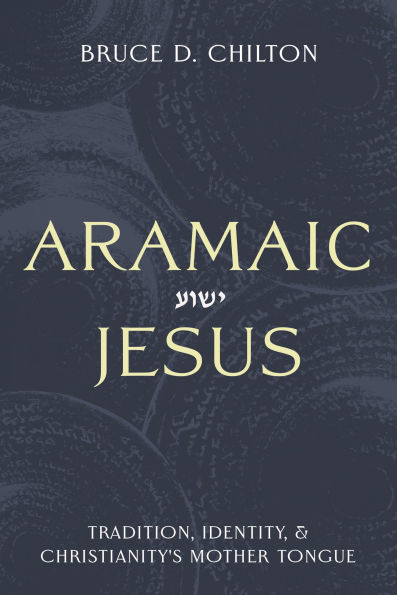Bruce Chilton’s Aramaic Jesus is a groundbreaking study in pursuit of this "Aramaic Jesus," a pursuit that requires awareness of the kind of Aramaic in play. In the past, sorting out dialects and types of Aramaic relied on sources composed well after the time of the New Testament; this work factors in analysis of the Dead Sea Scrolls and related materials to access forms of Aramaic current during the first century CE. Since the depiction of Jesus in the Gospels involves various intersections with Aramaic, tracing the impact of Aramaic in the depiction of Jesus within the New Testament entails several investigative categories: specific cases in which Aramaic is identifiably transliterated within the Greek Gospels; analysis that accounts for the cultural settings of Aramaic through the technique of retroversion (involving translation back into Aramaic); and assessment of noticeable overlaps between the New Testament and contemporaneous Aramaic literature, where thematic emphases emerge that relate Jesus’ movement to Second Temple Judaism.
The writings we call the Gospels involved transitions from the au/orality of Jesus and his movement to reliance upon writing, and from their language(s) to written Koine Greek. Those shifts involved an increasing resort to narrative and literary conventions. The extent to which Aramaic is a factor within this process is uncharted, and this volume clarifies the issues that are in play. Chilton’s analysis illuminates the Aramaic Jesus and the people and processes that conveyed his memory.
Bruce Chilton’s Aramaic Jesus is a groundbreaking study in pursuit of this "Aramaic Jesus," a pursuit that requires awareness of the kind of Aramaic in play. In the past, sorting out dialects and types of Aramaic relied on sources composed well after the time of the New Testament; this work factors in analysis of the Dead Sea Scrolls and related materials to access forms of Aramaic current during the first century CE. Since the depiction of Jesus in the Gospels involves various intersections with Aramaic, tracing the impact of Aramaic in the depiction of Jesus within the New Testament entails several investigative categories: specific cases in which Aramaic is identifiably transliterated within the Greek Gospels; analysis that accounts for the cultural settings of Aramaic through the technique of retroversion (involving translation back into Aramaic); and assessment of noticeable overlaps between the New Testament and contemporaneous Aramaic literature, where thematic emphases emerge that relate Jesus’ movement to Second Temple Judaism.
The writings we call the Gospels involved transitions from the au/orality of Jesus and his movement to reliance upon writing, and from their language(s) to written Koine Greek. Those shifts involved an increasing resort to narrative and literary conventions. The extent to which Aramaic is a factor within this process is uncharted, and this volume clarifies the issues that are in play. Chilton’s analysis illuminates the Aramaic Jesus and the people and processes that conveyed his memory.

Aramaic Jesus: Tradition, Identity, and Christianity's Mother Tongue
324
Aramaic Jesus: Tradition, Identity, and Christianity's Mother Tongue
324Hardcover

Product Details
| ISBN-13: | 9781481322232 |
|---|---|
| Publisher: | Baylor University Press |
| Publication date: | 10/01/2025 |
| Pages: | 324 |
| Product dimensions: | 6.00(w) x 9.00(h) x (d) |
